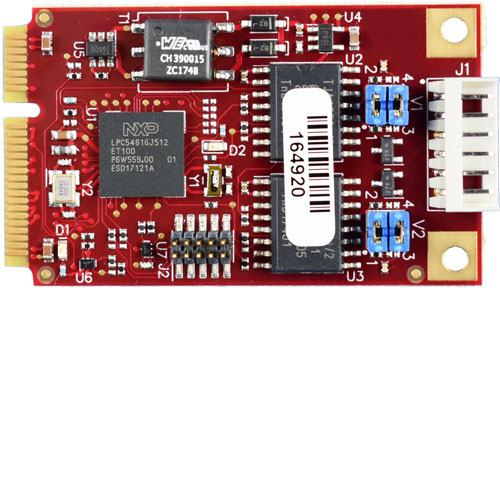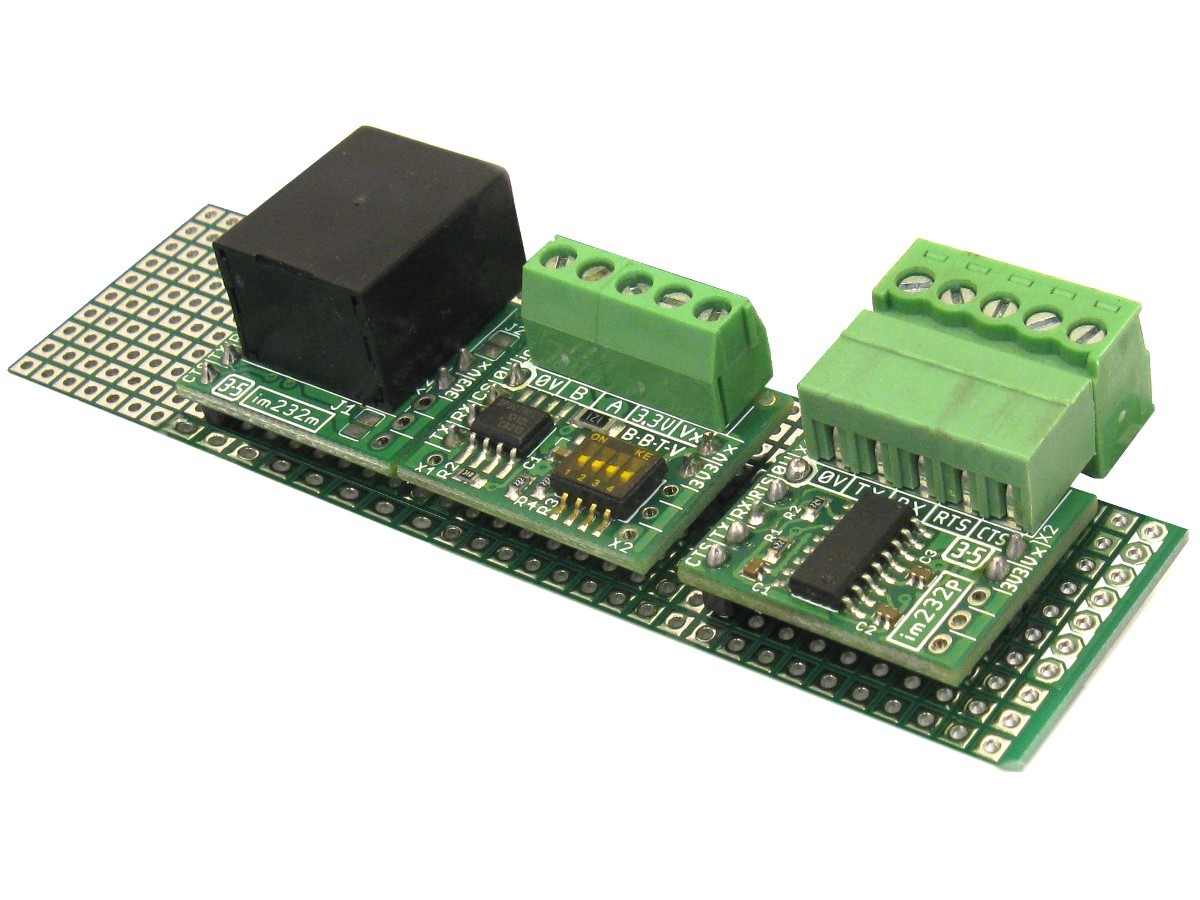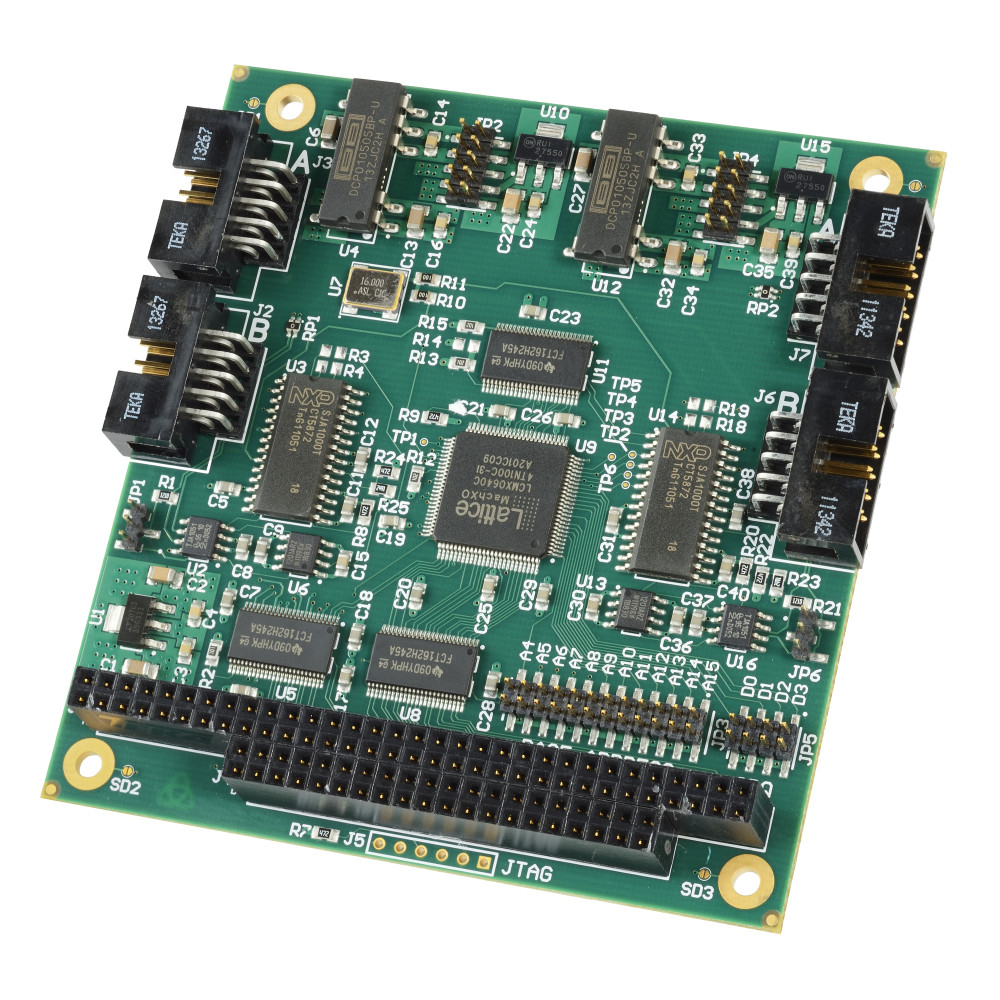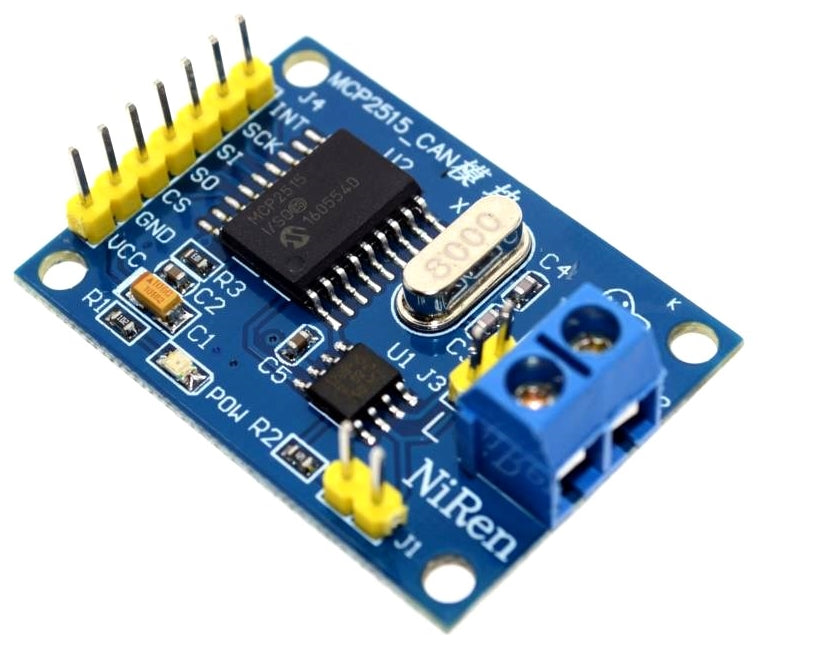
Custom Wiring Harness using the Radio C2 Connector Unfortunately, I also found that the implementation has changed quite a bit from the time most of the work was done on that site versus what is in my Jeep today.

I came across when I was thinking about looking at the CAN-interior bus and was happy to see much of the information I was after is on that bus. While a tremendous amount of information is available via the diagnostic bus, it isn’t easy to hack or obtain without getting official documentation from the manufacturer directly. One effect of this implementation is that data from the other buses is not easily obtained via the data link connector (a.k.a the ODB-II port) underneath the dash.

This gateway implements all of the logic needed for onboard diagnostics, and communicates to the other two buses as needed. The Diagnostic CAN-C bus is used to talk to a gateway computer, the Totally Integrated Power Module or TIPM. Finally, there is the Diagnostic CAN-C which also runs at 500 Kbps. The CAN-C bus is used by the power train components and runs at 500 Kbps. The CAN-Interior bus is used for communication between the interior modules of the vehicle, such as the dashboard and radio and runs at 125 Kbps. There are actually three separate CAN bus systems used in the vehicle: the CAN-Interior (also known as CAN Interior High Speed/IHS), the CAN-C and the Diagnostic CAN-C. The use of this technology greatly simplifies the wiring requirements within the vehicle as a large number of components can share a single twisted-pair wiring harness.

Modern automobiles use a technology called a Controller Area Network, or CAN-Bus, to communicate between the different computers within the vehicle. The end goal being a much tighter and seamless integration, and much less modification to the wiring of the vehicle. Instead of tapping into the final wiring of the car, I wanted to leverage the vehicle’s own computers to tell my accessories what to do. I have a 2012 Jeep Wrangler Unlimited and have a few projects where I wanted to integrate closely with the vehicle’s electronics.

The Jeep’s Electronic Vehicle Information Center (EVIC) Displays a Custom Message


 0 kommentar(er)
0 kommentar(er)
